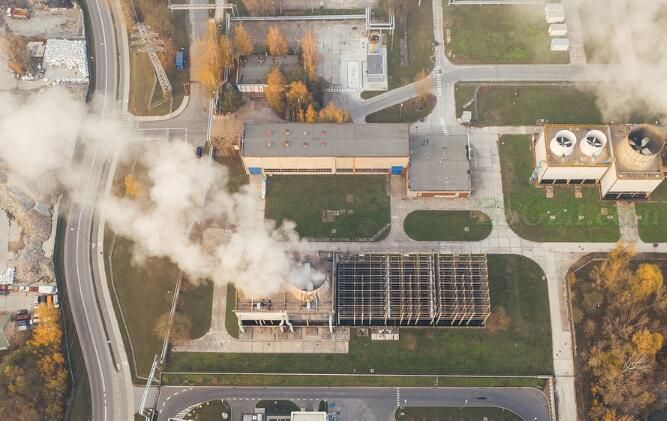
Global warming refers to the fact that due to human activities such as burning fossil fuels, cutting down trees, transportation, etc., a large amount of greenhouse gases are emitted. These greenhouse gases are highly transparent to visible light from solar radiation and to the earth. The long-wave radiation emitted is highly absorptive, causing the earth's temperature to rise, forming the so-called "greenhouse effect". Global warming will cause redistribution of precipitation, melting of glaciers and frozen soil, rising sea levels, frequent occurrence of extreme climates and so on.

How do humans destroy the climate?
Greenhouse gases are a general term for various gases that absorb and release infrared radiation and exist in the atmosphere, mainly including carbon dioxide (CO2), methane (CH4), nitrous oxide (N2O), hydrofluorocarbons (HFCS), and perfluorinated Six kinds of gases: carbon compounds (PFCs) and sulfur hexafluoride (SF6). Among them, carbon dioxide contributes the most to global warming.
In daily life, all of us will intentionally or unintentionally emit more or less carbon dioxide. According to calculations by authoritative organizations, China's per capita annual carbon dioxide emissions are close to 8 tons. And reducing carbon dioxide emissions is an important measure to curb global warming.
From an economic point of view, carbon trading follows the Coase Theorem, that is, the greenhouse gas represented by carbon dioxide needs to be treated, and the treatment of greenhouse gases will cause cost differences for enterprises; since daily commodity exchange can be regarded as a right ( Property rights) exchange, then greenhouse gas emission rights can also be exchanged; thus, the use of carbon rights trading has become the most efficient way to solve pollution problems under the framework of a market economy. In this way, carbon trading closely integrates the scientific problem of climate change, the technical problem of reducing carbon emissions, and the economic problem of sustainable development, and solves this comprehensive scientific, technical, and economic problem with a market mechanism. It should be pointed out that carbon trading is essentially a financial activity, but compared with general financial activities, it is more closely connected with financial capital and the real economy based on green technology: on the one hand, financial capital directly or indirectly invests in the creation of carbon assets Projects and enterprises; on the other hand, the emission reductions from different projects and enterprises enter the carbon financial market for trading and are developed into standard financial instruments.
Under the premise of reasonable environmental capacity, politicians artificially stipulate that the emission of greenhouse gases, including carbon dioxide, should be restricted. As a result, carbon emission rights and emission reduction credits (credit) become scarce and become a kind of Price products, called carbon assets. The promoters of carbon assets are the 100 member states of the United Nations Framework Convention on Climate and the signatories of the Kyoto Protocol. This gradually scarce asset has the possibility of mobility under the premise of the common but differentiated responsibilities of developed and developing countries under the Kyoto Protocol. Because developed countries have the responsibility for reducing emissions, but developing countries do not, it has created a different distribution of carbon assets in countries around the world. On the other hand, the essence of emission reduction is the energy problem. In developed countries, energy efficiency is high, energy structure is optimized, and new energy technologies are widely adopted. Therefore, the cost of further emission reduction in the country is extremely high and difficult. In developing countries, energy efficiency is low, emission reduction space is large, and costs are low. This has led to different costs for the same emission reduction unit in different countries, resulting in a high price difference. The demand in developed countries is great, and the supply capacity in developing countries is also great, resulting in the international carbon trading market.
